The history of urban development in Los Angeles, California, is a complex and dynamic story that reflects the city’s growth, diversity, and unique characteristics. Here’s a brief overview of key points in the history of urban development in Los Angeles:
- Early Settlement and Spanish Influence (18th Century):
- Los Angeles was originally settled by Native American tribes before Spanish explorers arrived in the late 18th century.
- Spanish missions were established in the region, including the famous Mission San Gabriel Arcángel (1771) and the pueblo of Los Angeles (1781), which marked the beginning of the city.
- Mexican and American Periods (19th Century):
- Mexico gained independence from Spain, and California became a Mexican territory.
- The United States acquired California in 1848 after the Mexican-American War, leading to an influx of American settlers.
- Railroads and Economic Growth (Late 19th Century):
- The arrival of the Southern Pacific Railroad in the 1870s played a crucial role in the city’s economic development, facilitating the transportation of goods and people.
- The discovery of oil in the late 19th century further boosted the local economy.
- Population Boom and Expansion (Early 20th Century):
- The early 20th century saw a significant population increase in Los Angeles, driven in part by the growth of the film industry and the allure of a mild climate.
- The development of streetcar systems and the expansion of the city’s infrastructure contributed to urban sprawl.
- The Rise of the Entertainment Industry (Golden Age of Hollywood):
- The emergence of Hollywood as the center of the entertainment industry in the early 20th century had a profound impact on the city’s cultural and economic landscape.
- Post-World War II Suburbanization (1940s-1950s):
- The post-World War II era witnessed a surge in suburbanization, with many residents moving to the suburbs, facilitated by the availability of automobiles and the construction of the freeway system.
- Civil Rights Movement and Social Change (1960s):
- The 1960s marked a period of social and cultural change, including the civil rights movement. Los Angeles experienced protests and activism, reflecting the broader national struggles for equality.
- Challenges of Urbanization (Late 20th Century):
- Rapid urbanization brought challenges such as traffic congestion, air pollution, and strained infrastructure.
- Immigration and Cultural Diversity:
- Los Angeles became a major destination for immigrants, contributing to its cultural diversity. Various neighborhoods became known for their distinct cultural communities.
- Modern Urban Development (21st Century):
- The 21st century has seen continued urban development, with efforts to address issues like transportation, sustainability, and affordable housing.
- Challenges and Opportunities:
- Los Angeles faces ongoing challenges, including housing affordability, homelessness, and the need for sustainable urban planning. Efforts are being made to balance development with environmental and social considerations.
The history of urban development in Los Angeles reflects a dynamic interplay of economic, social, and cultural factors, shaping the city into the diverse and influential metropolis it is today.

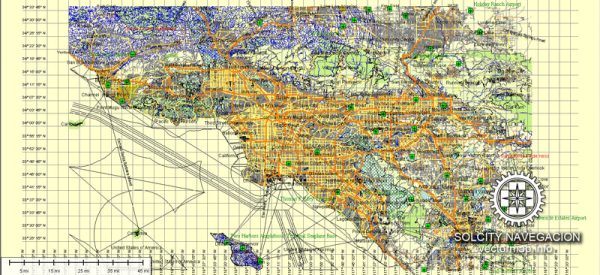
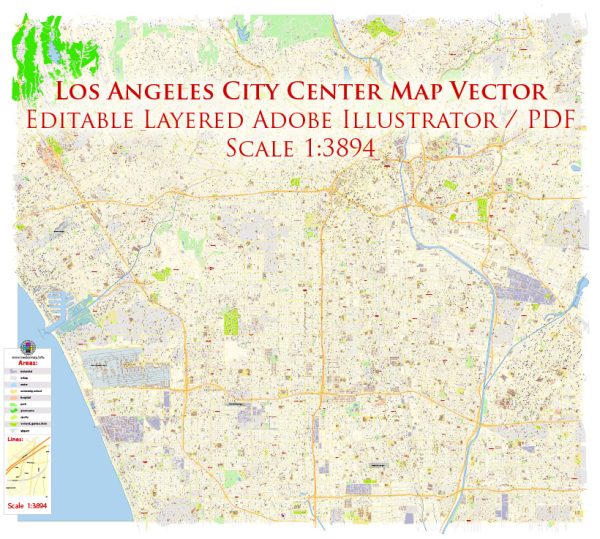
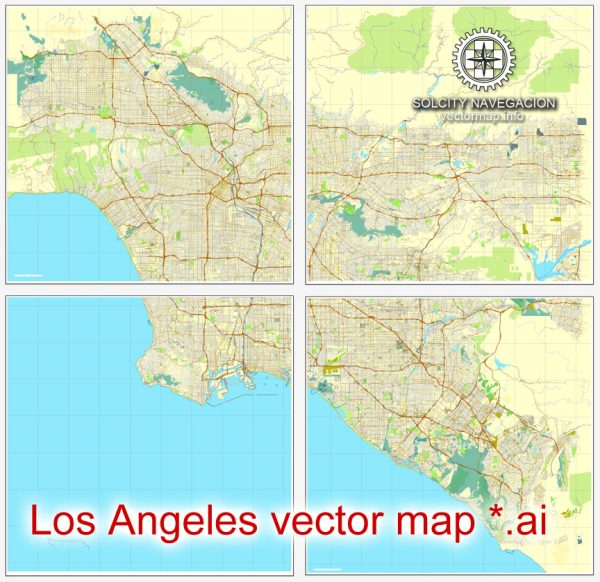
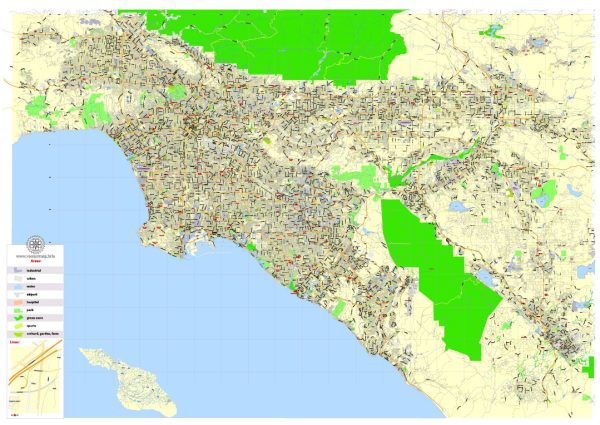
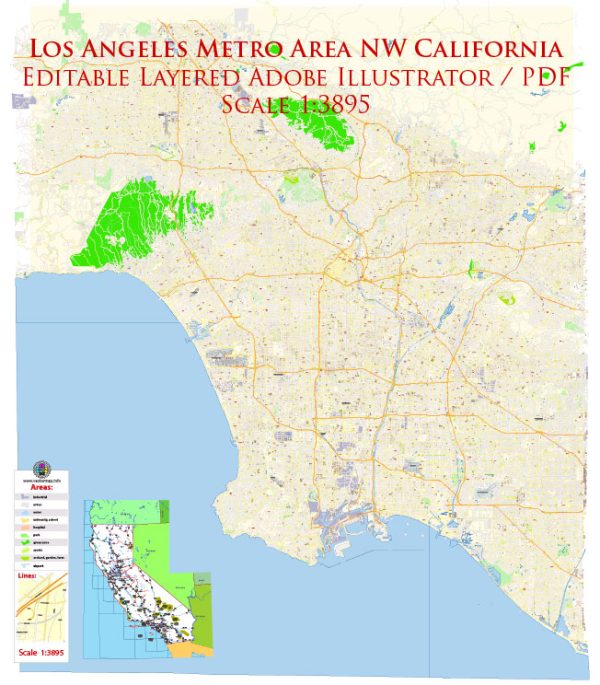
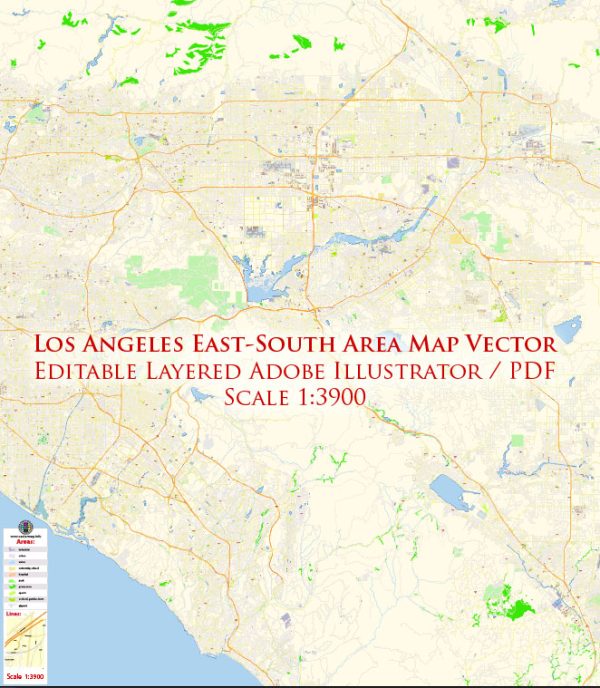
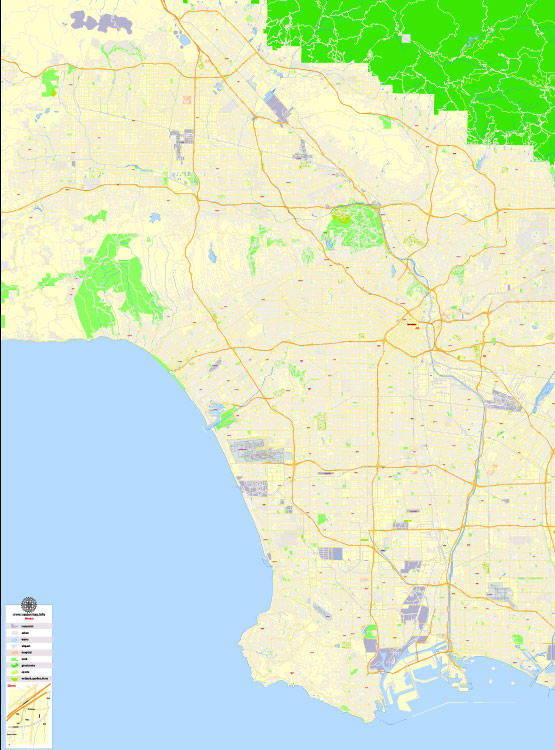
 Author: Kirill Shrayber, Ph.D.
Author: Kirill Shrayber, Ph.D.